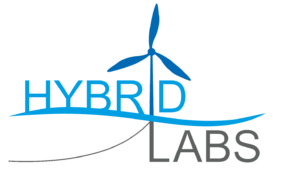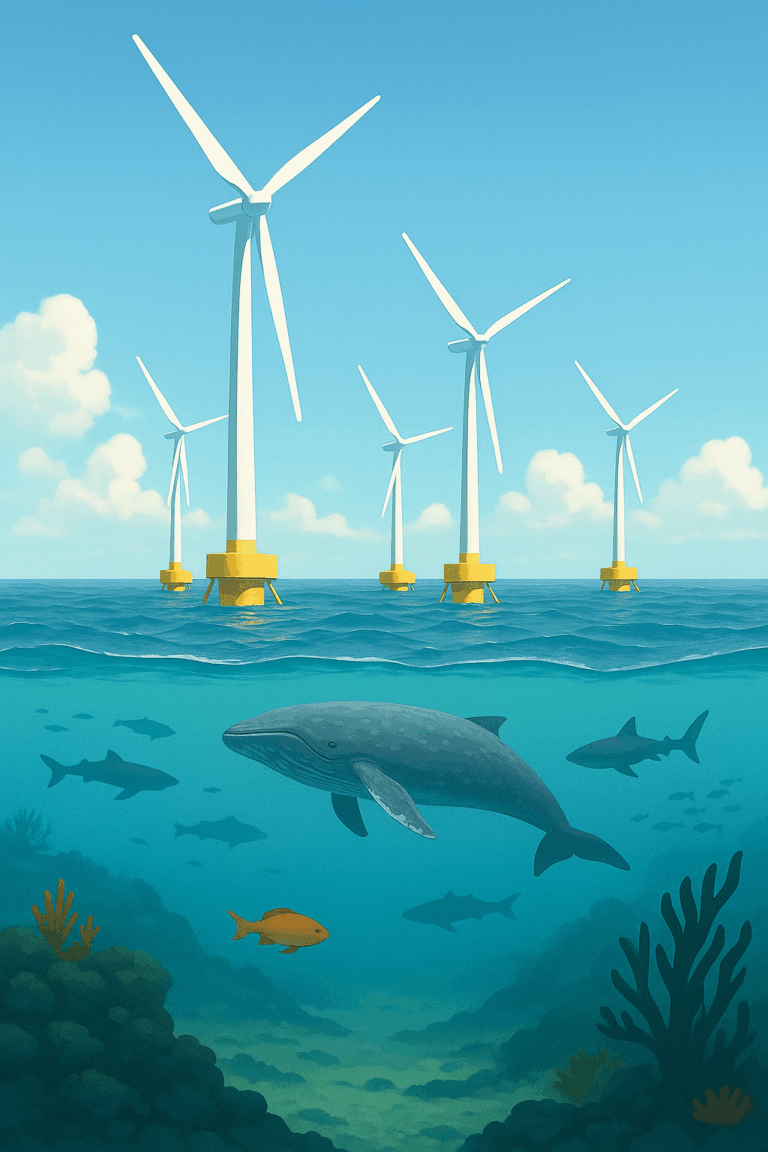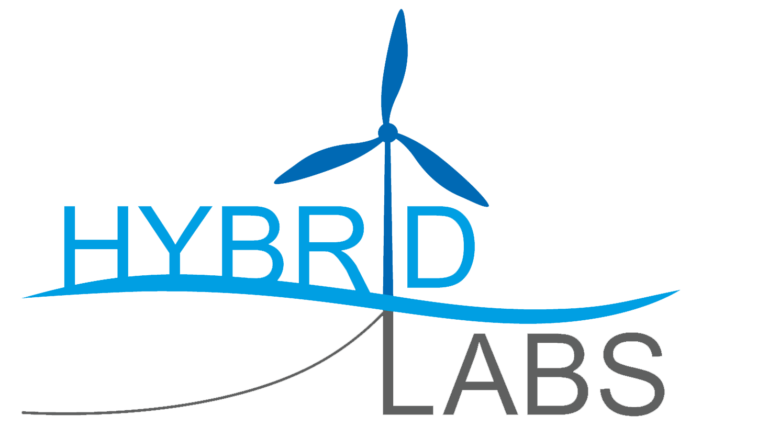
The European Commission aims for significant reductions in emissions by 2050 (European Commission, 2019). One example of such an innovation are floating offshore wind farms. Recognized for their role in wind energy, they also offer benefits such as the potential to serve as artificial reefs which can restore and enhance biodiversity (Wawrzynkowski et al., 2025). However, public acceptance of offshore wind farms remains a challenge, especially given the rise in scepticism and resistance towards such innovations, such as the “not in my backyard” (NIMBY) movement (Boyle et al., 2019). The challenge here lies in how to reduce these negative feelings and convert them in actual support for the innovations that may arise from these endeavours. Researchers have explored citizen science as an opportunity to create involvement and interest as a way to create public knowledge, stimulate understanding and build positive affect (Bonney et al., 2016).
Citizen science concerns the public’s participation in scientific research (Bonney, 1996). While citizen science is traditionally used for large-scale, low-cost data collection, organisation and governments are increasingly using it as a tool to shape citizen attitudes towards research investments and stimulate behavioural intentions towards sustainable behaviour (Toomey & Domroese, 2013; Chase & Levine, 2018). However, evidence for its impact on public attitudes and engagement is still limited and largely based on single quantified case studies with weak generalizability (Berndt & Nitz, 2023). Further, there is a definite lack of clear and consistent experimental designs (Bonney et al., 2016; Berndt & Nitz, 2023). Efforts to unpack citizen science engagement (cognitive, behavioural, emotional) and look mediating mechanisms are slim.
Although gamification has been found to help citizen engagement, its effect has not been disentangled and thus is not fully understood (Simperl et al., 2018; Phillips et al., 2019). Adding a game like element and reward structure to a potentially boring tasks, may deviate attention from the function of a task or project towards the game itself (Dahlstrøm, 2012; Prestopnik & Tang, 2015). In a similar way, artificial intelligence (AI) may pose a threat to the engagement power of citizen science initiatives (Ceccaroni et al., 2019). While the use AI could improve efficiency it may also reduce the need for human participation, creating an urgent need to investigate and create co-creative engagement that complement rather than compete with automation (Ceccaroni et al., 2019). In response, the overarching aim of this research is to investigate how engagement strategies of citizens, such as immersive participation, AI related framing, and gamification can foster public engagement and shape attitudes towards sustainable innovative research projects like floating offshore wind farms. The focus is on citizen science as a marketing tool for public engagement and adoption of spin-off also address the double edge sword that gamification and AI represent.
Outcome of the work: All stakeholders increase their understanding of the value of offshore renewables.
Contact: m.r.fa.si.oen@tue.nl
References:



Accelerating innovations in offshore renewables through data-driven hybrid labs.
@2025 HybridLabs